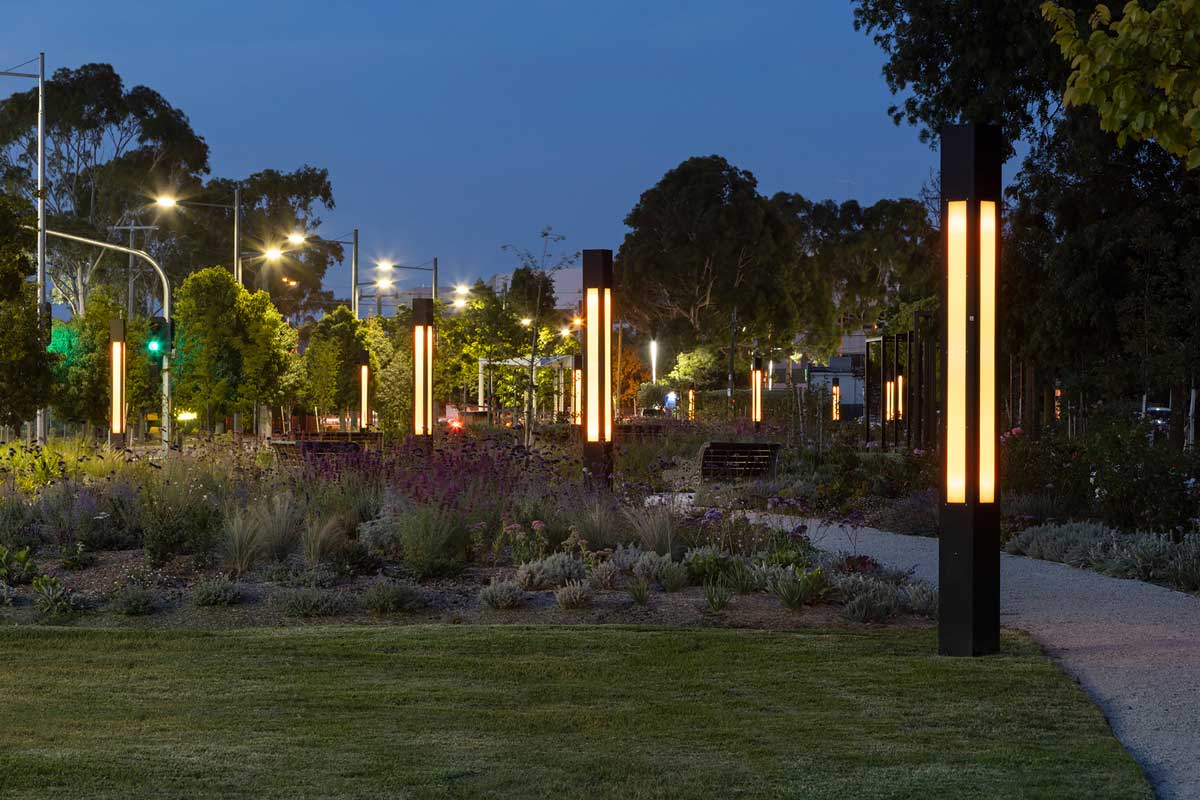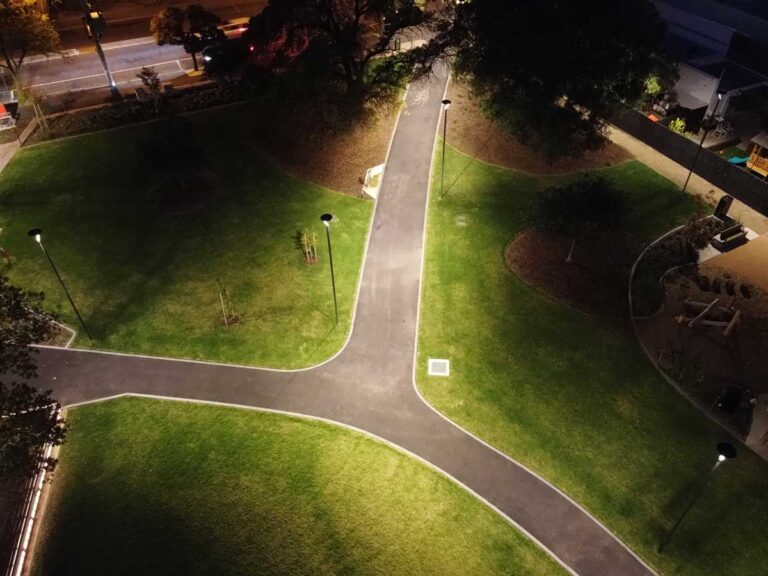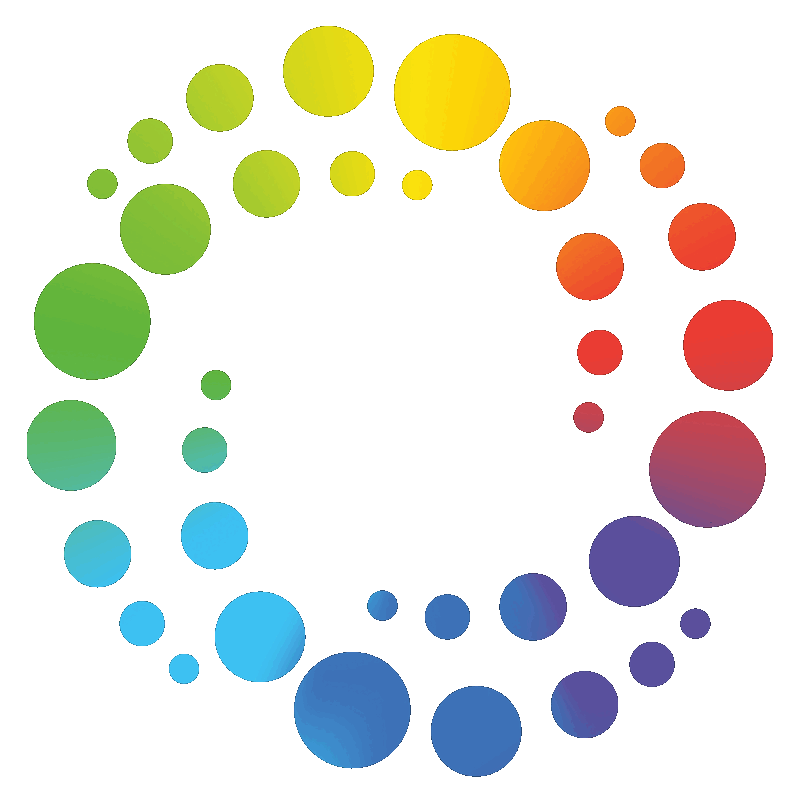- Once you are engaged to design a project, typically what is the first step you take?
I like to hear the story of the site to get an understanding of why we are lighting the space.
Every space has a story of why it needs lighting and like every good story there are always different variations. Having this insight and how the future of the space is perceived from varying parties is the key element to determine expectations and the reality of achieving these expectations. - What do you look for when selecting a light fitting?
Suitability for the environment, that may be style, shape, vandal resistance or strong optical control. I look for the fitting that addresses the key driver first and work through balancing the rest. - What lighting calculation software do you use, if any, to calculate and design your layout.
I use AGI32 for all my designs, I tried AGI32 when I first started in the industry and it’s the only one I have every used. - How often do you refer to the Australian Standards and which ones in particular?
I do utilise AS1158.3.1 (Category P) and AS4282 (Obtrusive Light) quite a bit working in the local government sector, these are key drivers in many projects.
Controlling the effects of obtrusive light as much as possible is my number one. - Are there any other publications you refer to?
I utilise Dark Sky and Safer Design Guidelines to assist in developing my designs and light fitting selection, I don’t like to waste light. - Do you undertake site visits?
I always to head to site no matter what the project is, if there is nothing there, I like to wander the surrounding streets.
This gives me feel for the space and the people that live and move around the area, so I can get an understanding of how the space might be utilised by the people I am lighting it for. - Any other tips?
Talk through the design process and express the visual realty for the users to those involved in the project.
Not everything has to be RGB and not every space and element needs to be lit.
Quality lighting results are not achieved with quantity.
Definition of, and safety within spaces can be achieved with balancing contrast.

Q&A with a Lighting Designer
Simon is a Lighting Consultant / Designer for Rexel Holdings and has designed many high-profile exterior projects across Victoria. We sat down with Simon for a one-on-one session to see the process he undertakes when designing an exterior lighting project.


